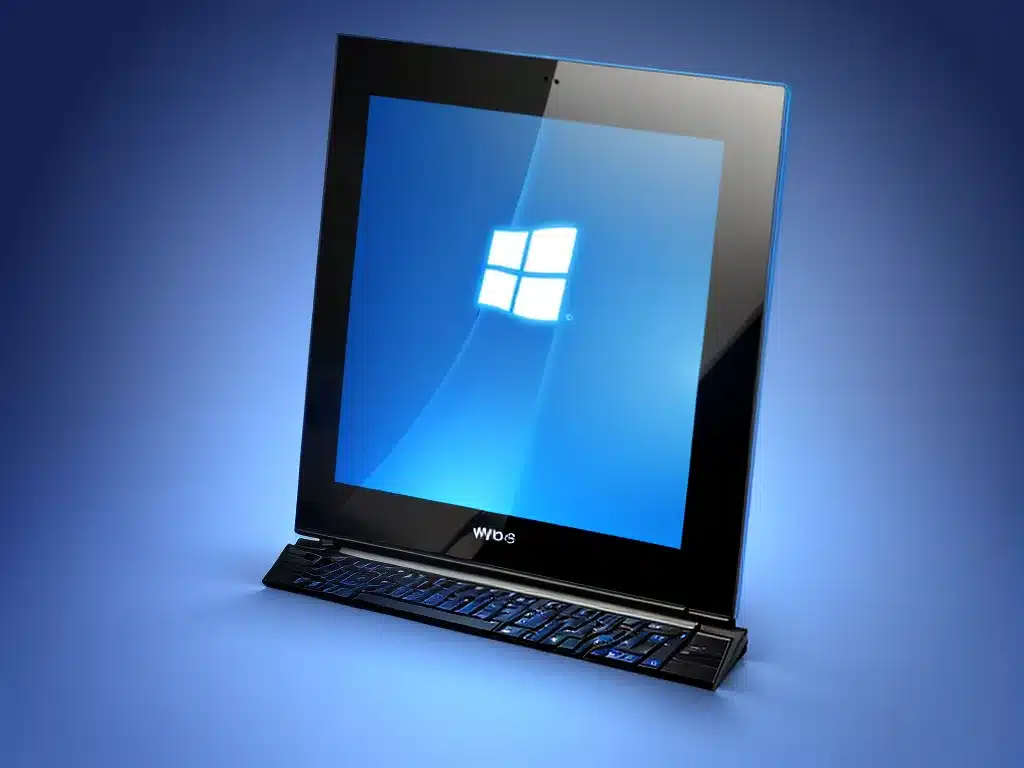
The dreaded blue screen of death, technically called a stop error, can be incredibly frustrating when it appears on your Windows computer. However, there are a number of steps you can take to troubleshoot and potentially resolve many common causes of blue screen errors.
Understanding Blue Screen Error Messages
When a Windows computer experiences a serious problem it cannot recover from, it will display a blue screen with white text explaining the error. This is officially known as a stop error, and the technical term is a bug check or a kernel error.
Some key things to know about blue screen errors:
- They are caused by critical OS errors, driver failures, hardware faults, or incompatible software
- The technical name of the error contains a bug check code like
0x0000003B - The error also displays text identifying the root cause like
SYSTEM_SERVICE_EXCEPTION - Information like memory addresses is shown for advanced troubleshooting
- Windows automatically reboots after a blue screen because it cannot safely recover
Identifying the Root Cause
The first step in solving blue screen issues is identifying patterns and root causes. Here are some tips:
- Check the error code and message – Research the specific error online to understand the likely cause. Write down the full details.
- Note any recent changes – New software, updates or hardware changes may be related.
- Test hardware components – Faulty RAM, drives or components can cause crashes.
- Update drivers – Outdated drivers are a common blue screen culprit. Keep them updated.
- Analyze crash dumps – View dumps in Event Viewer for clues on the source of the error.
Pay attention to any trends, for example if crashes only happen during a certain task. This can help uncover the underlying issue.
Fixing Common Blue Screen Causes
Some typical causes of blue screens include:
Faulty Hardware
Defective or malfunctioning hardware like RAM, hard drives, and video cards are common sources of stop errors.
- Run hardware diagnostics from the manufacturer to test components
- Try removing and reseating RAM and expansion cards
- Replace defective hardware if needed
Driver Issues
Outdated, missing or corrupted drivers often lead to blue screens:
- Update all drivers, focusing on hardware and chipsets
- Roll back recent driver updates if issues appeared after
- Uninstall duplicate or problematic drivers
Software and OS Corruption
Bugs, malware and OS file corruption can also crash the system:
- Scan for malware and viruses just in case
- Use System File Checker to repair corrupted Windows files
- Uninstall buggy software or roll back recent installs
Overheating
Heat buildup can destabilize components and crash the computer:
- Open the case and use compressed air to remove dust
- Check CPU and GPU fans are working properly
- Replace thermal paste on the CPU if overheating persists
Preventing Blue Screens
Once you’ve resolved the underlying cause, there are some steps you can take to help avoid future blue screen errors:
- Keep the OS, drivers, apps, and BIOS up-to-date
- Only install software from trusted sources
- Maintain good ventilation inside the case
- Use dust filters and regularly clean out the PC
- Verify hardware components are compatible
While not always preventable, being cautious with changes and keeping your system stable can help minimize blue screens.
When to Seek Professional Help
If you have tried the common troubleshooting steps but are still encountering blue screens, it may be time to seek professional assistance. A computer repair technician can:
- Troubleshoot hardware components like the motherboard, CPU and RAM
- Analyze crash dump files in-depth for culprits
- Assess whether the OS needs to be reinstalled
- Identify if the causes relate to incompatible components
Their advanced diagnostic tools and expertise can pinpoint elusive causes.
Conclusion
While blue screen errors can seem cryptic at first, there are clear steps you can take to identify root causes and correct them. Updating drivers, checking hardware, removing buggy software and analyzing crash dumps will resolve many common problems. Seek professional help if basic troubleshooting does not reveal the culprit. With persistence, you can get to the bottom of most Windows stop errors and restore a stable system.












